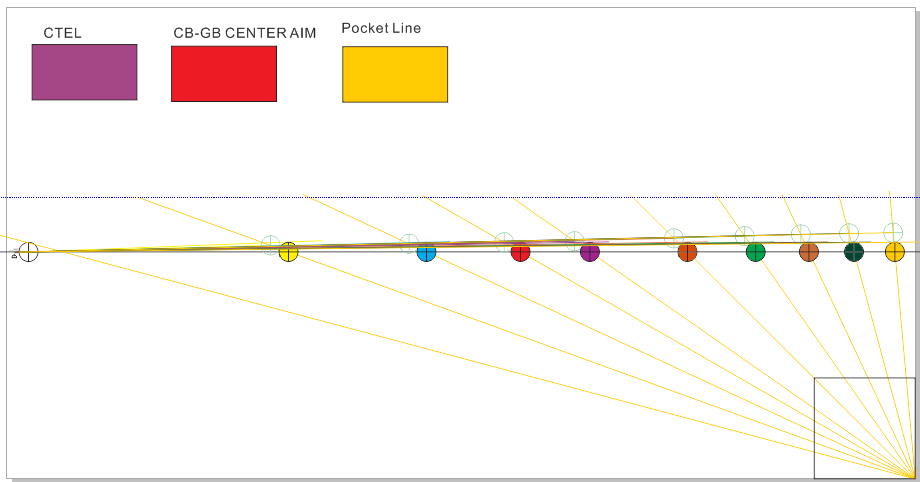I'm still confused on the exact steps of stepping the cueball. I read morhts article but I would like further clarification.
A lot of my terminology might be a little outdated but once you lock in your visuals, what is the precise order of stepping the cueball?
Step 1. Lock in perception.
Step 2. Focus on Center Cueball?
I'm not sure if I'm supposed to:
Look at CB edge and then shift my attention back to new CCB and land
OR
Do I keep my eyes fixed on Edge of CB while landing into CCB.
OR
Do I physically move my body left or right to align myself straight on with the CB Edge, then move into CCB?
Am I picking up the new CCB with my vision focus, or does it appear in my peripherals as I focus on the CB Edge?
A lot of my terminology might be a little outdated but once you lock in your visuals, what is the precise order of stepping the cueball?
Step 1. Lock in perception.
Step 2. Focus on Center Cueball?
I'm not sure if I'm supposed to:
Look at CB edge and then shift my attention back to new CCB and land
OR
Do I keep my eyes fixed on Edge of CB while landing into CCB.
OR
Do I physically move my body left or right to align myself straight on with the CB Edge, then move into CCB?
Am I picking up the new CCB with my vision focus, or does it appear in my peripherals as I focus on the CB Edge?
Last edited:

